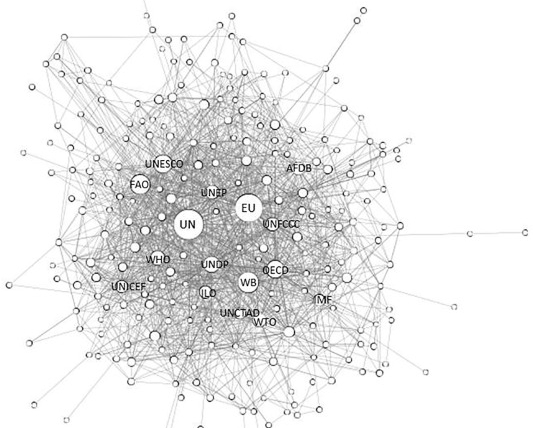Adaptative Capacity in the Global Governance of Sustainability
Led by Guilherme de Queiroz Stein
The United Nations Sustainable Development Goals were built on the assumption that they are universal and valid for all nations, so their division into 17 goals expresses different dimensions that each country must pursue coherently and synergistically. The fact that these goals are the same for all nations, regardless of their level of development, would contribute to a global mobilization, sharing responsibilities in the face of common challenges, and committing developed and developing countries alike. However, the assumption of universalism comes up against the significant inequalities that characterize the international system, so that for some countries, some goals have already been practically achieved, while others are still significant challenges.
There are also significant differences in the capacities available to accomplish these goals, the pace of implementation, and the results achieved. Not considering these differences and inequalities entails considerable risks. For example, rich countries become comfortable with their social reality and do not pursue more ambitious goals. Another problem would be imposing a Western perspective hidden under universalism and generating perverse effects, such as worsening inequalities. Based on this problem, we analyze whether the SDGs’ universalism brings risks and contradicts other established principles of sustainability governance, such as common but differentiated responsibilities.The theoretical foundation is that a fundamental component of a governance arrangement’s effectiveness is its adaptability to different institutional, political, socio-economic, geographical, and environmental contexts.
Adaptability assumes that each country should seek bolder standards for sustainability, molding SDGs to specific contexts without undermining a universal commitment to their achievement. The adaptation of the sustainable development goals should operate in two dimensions. The first is differentiation, which refers to its geographical variation, taking into account the specific characteristics of each country, including inequalities and differences in the incidence of socio-environmental problems between regions. The differentiation process can lead to positive discrimination, in which countries and regions with greater capacity take on more ambitious goals and greater responsibility in financing international cooperation. The second dimension is dynamization, which operates over time and involves making more ambitious commitments as the targets are achieved. Empirically, we will investigate cases in which adaptation has led to greater effectiveness of the SDGs through different processes, such as adopting new objectives and targets, raising the standards to be achieved, or even radicalization.



